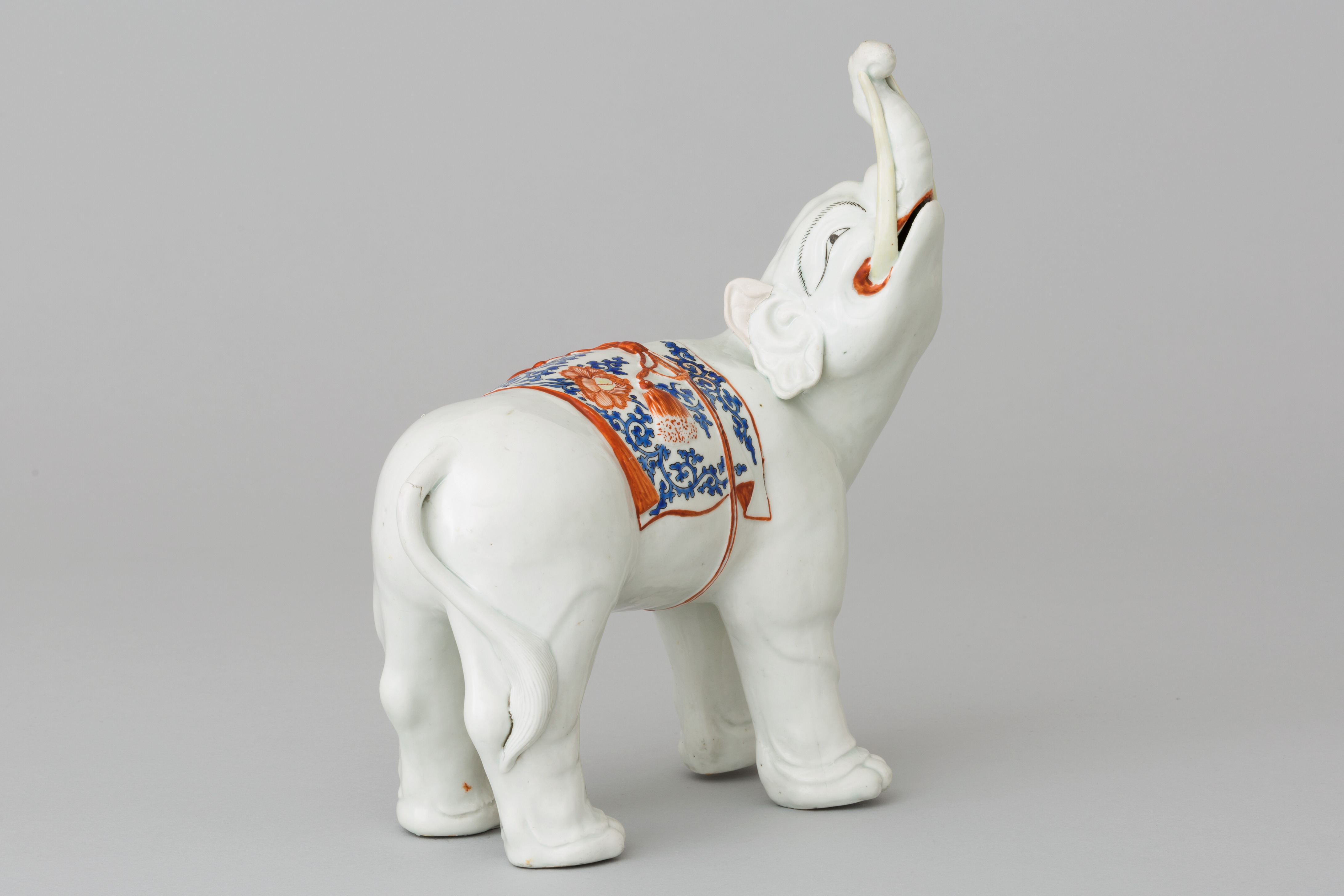
Since its foundation during the early 18th century, Kakiemon porcelain from Arita in western Japan had a prominent position among the many thousands of splendid porcelain pieces from China and Japan at the Royal Porcelain Collection in Dresden. The king’s fondness and appreciation of Japanese porcelain was evident not only through his fine collection of Kakiemon or Kakiemon-style pieces, but also by his numerous holdings of Imari-wares.
These unique East Asian holdings were amassed by one of the most passionate lovers of porcelain at that time – Augustus the Strong, elector of Saxony and king of Poland (1670-1733) – for his porcelain castle, the so-called Japanese Palace in Dresden. The king once proclaimed that he was infected with an incurable sickness, the so-called ‘maladie de porcelain…’.
By the end of the 18th century about 29,000 Chinese and Japanese porcelain pieces had found their way to Dresden and were comprehensively inventoried and documented. Even though the collection had to endure significant losses over the ensuring centuries the extant 8,000 pieces, together with the inventory books in Dresden (and those objects formerly in the collection but by then spread around the globe in museums and private collections alike) can still be identified as part of Augustus the Strong’s Royal holdings due to the unique documentation system.
The Porzellansammlung of the Staatliche Kunstsammlungen Dresden (SKD) holds until today the world’s largest collection of superbly decorated Imari vessels and figures that fitted perfectly into the European baroque interior style of the time and were produced in Arita during the late seventeenth and early eighteenth century.
However, it was the exceptional quality of Kakiemon wares – with its fine milky-white porcelain body and its subtle use of overglaze colours – that greatly inspired the king’s own production of porcelain ware. After centuries of failed trials all over Europe in search of the secret of ‘white gold’, it was in Saxony at the Royal Porcelain Manufactory of Augustus the Strong where Europe’s first hard-paste porcelain was created in 1709.
A curious incident took place in Paris during the late 1720s when ‘Meissen Kakiemon copies’ were successfully sold as original Japanese pieces by a deceitful French dealer. After just 20 years of working with this still ‘new and challenging ceramic material’ Augustus the Strong’s porcelain manufactory was able to copy one of the finest and sought-after wares produced in East Asia – Japanese Kakiemon. This eventually convinced not only the king himself but also the rest of Europe’s richest customers that Meissen porcelain wares are of highest quality.
Until this day the Dresden Kakiemon collection is greatly appreciated among our many local, national and international visitors. For our own museum staff and both our younger and more senior audiences the beloved Kakiemon-style elephant has become the collection’s treasured mascot. In the 18th century inventories the elephant is listed under “Alt Indianisch Porcellain” (“Old Indian Porcelain”) as the term Kakiemon was not yet used. We learn from the inventory entry that a total of three presumably Kakiemon-style elephants were part of the Royal Collection “one recumbent elephant that is damaged, with a blanket painted in green and red” and “two standing ditto”. One of the standing elephants is still extant and is prominently showcased in our galleries.



